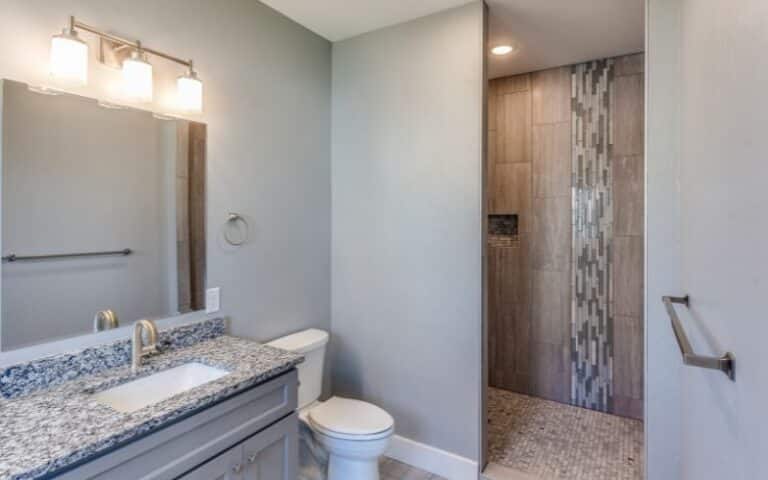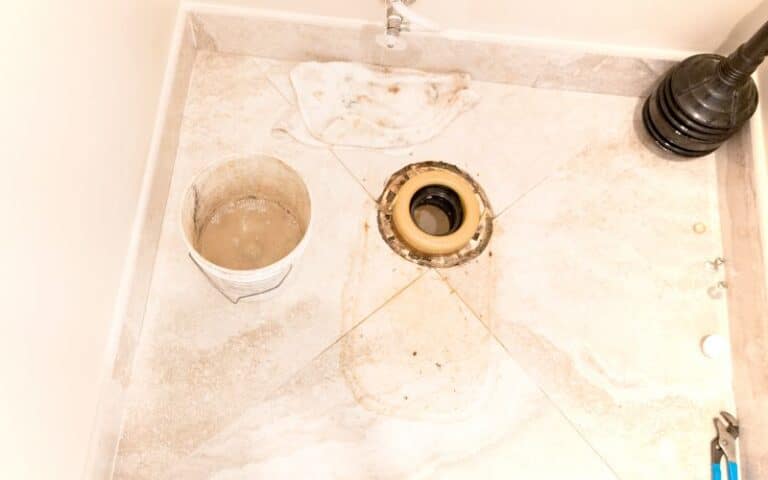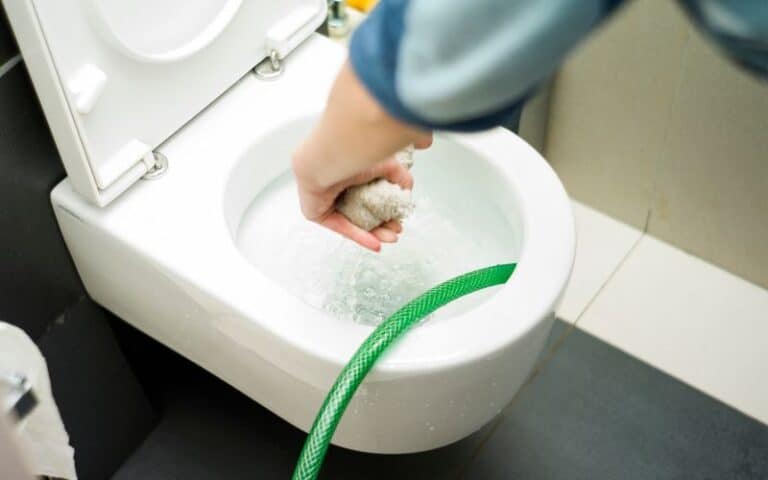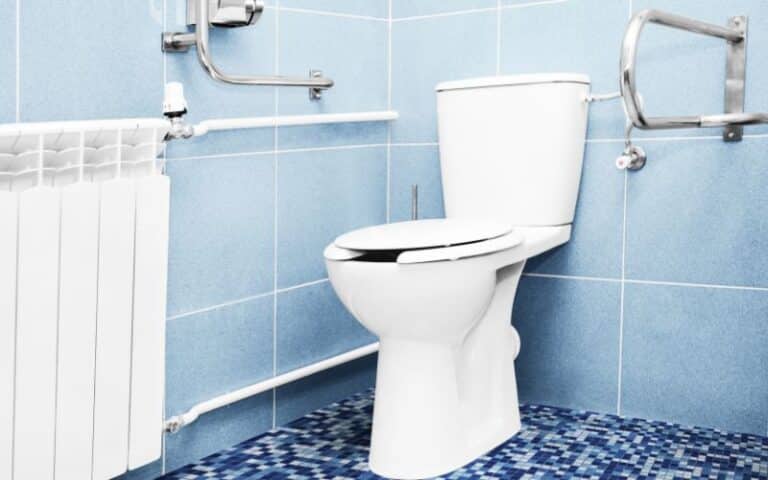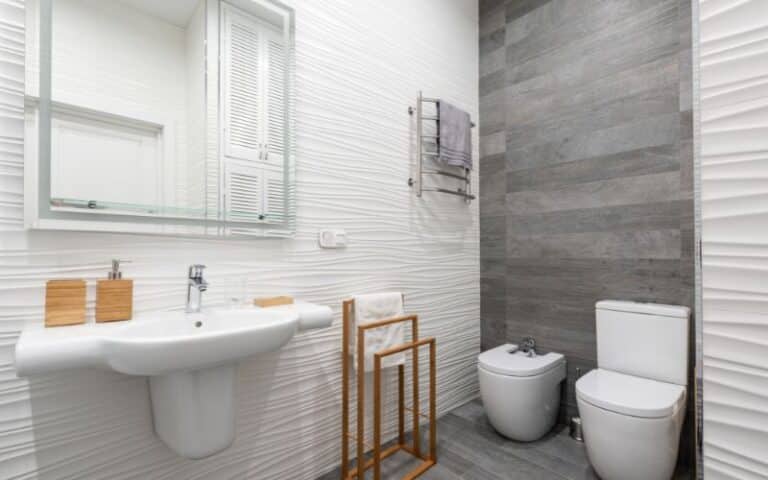Did you know there’s much more to consider than just location regarding bathroom receptacles?
One of the most important factors is height.
There are specific requirements for the height of bathroom receptacles, and it’s important to follow these guidelines to ensure safety and accessibility.
Let’s take a closer look at the requirements for bathroom receptacle height and explore why they’re so important.
According to the NEC, bathroom receptacles must be installed between 15 and 48 inches above the floor and at least 12 inches from the sink or tub. This policy ensures that they’re accessible and safe for everyone who uses the bathroom. Failing to adhere to these requirements can lead to serious consequences.
This article focuses on the various requirements for bathroom receptacle height, as outlined by the NEC.
Also, we’ll explore the reasoning behind these requirements and discuss how they relate to safety and functionality.
How High Above Ground Should You Install a Bathroom Receptacle?
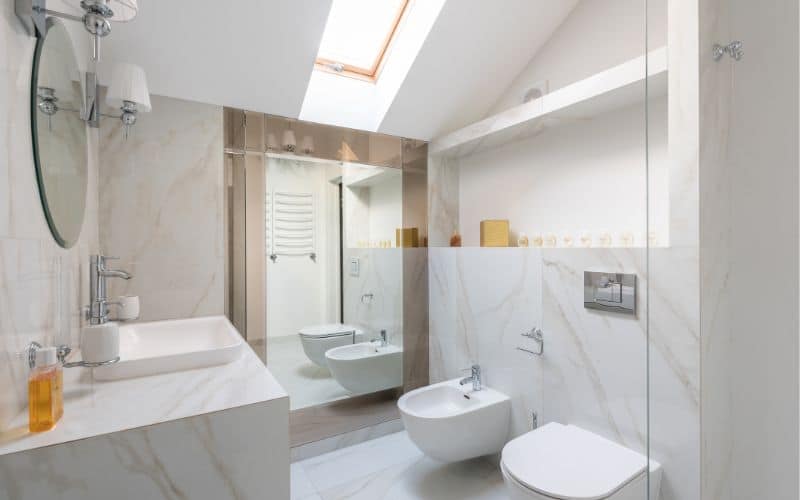
To ensure safety and code compliance, mount bathroom receptacles at least 12 inches above the floor.
The 12-inch rule for bathroom outlets exists for one key reason: to avoid water-induced shocks and short circuits.
Bathrooms are notorious for water usage, so the potential for splashing or spilling is always present.
Positioning receptacles at least 12 inches above the floor greatly reduces the risk of water contacting the outlets, cords, and plugs.
It’s a simple but smart safety measure that helps keep bathrooms safer and drier.
The National Electrical Code (NEC) is the go-to guide for electrical safety in the United States.
Its requirements for bathroom receptacle placement are no exception.
The NEC stipulates that bathroom outlets, including countertops, must be placed at least 12 inches above any surface where water could gather.
This policy ensures enough distance between the outlet and any potential water sources, reducing the risk of electrical accidents.
Another safety measure mandated by the NEC is using GFCI protection for bathroom receptacles within 6 feet of a sink.
GFCI protection acts as a safety net, quickly cutting off power if an electrical fault occurs.
In short, it’s like a guardian angel for electrical outlets, keeping your fingers and toes zap-free!
Additionally, not only does it protect occupants, but it also avoids legal and insurance tangos.
Adhering to local codes ensures a safe and harmonious bathroom environment where no one gets shocked on the dance floor!
How High Above the Counter Should You Place a Bathroom Receptacle?
To balance user convenience and safety, electrical codes require placing bathroom receptacles between 20 and 48 inches above the countertop.
This guideline ensures easy access to outlets for the user while minimizing the risk of electrical hazards due to water exposure.
It’s a win-win situation for both the user and the electrical system.
The 12-inch rule for bathroom receptacles minimizes the risk of electrical accidents due to water exposure.
Bathrooms have a high potential for water-related accidents, so the extra height creates a buffer zone between outlets and potential water sources.
This simple rule can go a long way in preventing electrical hazards, and it’s just one example of the many safety standards that electrical codes mandate.
Electrical codes, including the National Electrical Code in the US, provide regulations for the safe installation of electrical components in various settings, including bathrooms.
In particular, they require that bathroom receptacles be placed at least 12 inches above the countertop or any surface where water could pool.
This rule also applies to receptacles on walls and the sides of vanity cabinets.
The 12-inch minimum distance for bathroom receptacles is just the starting point – in some cases, it may be wise to place the receptacle even higher.
In bathrooms with lots of water use or taller countertops, it is advisable to increase the height of receptacles.
Also, don’t forget about GFCI protection! If the receptacle is within 6 feet of a sink, a GFCI is a must – it quickly cuts off power if there’s a problem, ensuring nobody gets a nasty shock.
Electrical codes are like the law of the land, varying by location.
Don’t take any chances – sure to check the local codes before you start installing receptacles.
It’s a safety issue but can save you from headaches with the law and insurance companies.
What is the NEC and IRC Code For Bathroom Electrical Outlets?
The NEC and IRC are like the big dogs of the electrical world, laying down the law for electrical installations.
Below is a table of some of the requirements and codes from the NEC for bathroom electrical outlets:
| NEC Requirements | Code |
|---|---|
| Outlet Placement | NEC 210.52(D) |
| Height Above Floor | NEC 210.52(A)(1) |
According to NEC requirements, you should install at least one 20-ampere-rated, GFCI-protected receptacle outlet within 3 feet.
In addition, install receptacle outlets within 2 feet of any point along the countertop, ensuring all outlets are GFCI-protected to prevent electric shocks.
Meanwhile, IRC has no codes but requirements that specify the placement of electrical outlets in bathrooms.
Here they are:
#1. Outlet Placement
Like the NEC, IRC requires every bathroom to have at least one electrical outlet.
This electrical outlet should have a rating of 20 amperes and a secure ground fault circuit interrupter (GFCI).
Also, for easy access and convenience, place the outlet within 3 feet of the sink or basin.
#2. Height Above Floor
Even though the IRC doesn’t specify a particular height for bathroom outlets, installing them no more than 24 inches above the countertop is commonly recommended.
The NEC and IRC stress the need for GFCI protection in bathrooms, as the wet environment increases the risk of electrical shock.
GFCI protection is crucial because it prevents electrical current from passing through the human body by detecting small imbalances in the circuit and immediately shutting off the power supply.
Remember that your local jurisdiction may have its own rules and regulations, so it’s best to check with the local electrical inspector or AHJ for specific information.
Where is the Best Place to Install a Receptacle in a Bathroom?
There are several factors to consider when determining the best locations for installing receptacles in a bathroom.
Safety, convenience, and functionality are all important considerations.
Here are the four best places to install a receptacle in a bathroom:
#1. Near the Vanity/Countertop
The area around the bathroom vanity or countertop is one of the most important locations for receptacles, as it provides easy access to power for grooming and styling appliances.
The NEC recommends that countertop receptacles be installed between 20 and 48 inches above the countertop surface, depending on the location of the countertop and other factors.
#2. On Each Side of the Vanity
It’s important to place receptacles on both sides of the bathroom vanity to provide convenient access for everyone who uses the space.
This arrangement allows users of different heights to reach the power outlets without stretching or bending down.
Placing receptacles on both sides of the vanity is a simple but effective way to improve the bathroom’s functionality.
#3. Adjacent to the Sink
Even though installing receptacles directly above the sink is not advisable, you can place them on the wall next to the sink for convenience.
This placement will make it easy to plug in devices like electric toothbrushes, razors, and other appliances.
The wall should be at least 6 inches from the sink, and the receptacles should be at least 12 inches above the countertop to avoid water damage.
#4. Near the Toilet
Adding a receptacle near the toilet can be convenient for various reasons.
For example, users can charge their mobile devices with an outlet extension cord while using the toilet or spending extended periods in the bathroom.
A receptacle near the toilet can be particularly useful for individuals with medical conditions requiring more time in the bathroom.
In addition, having a receptacle near the toilet makes it easier to plug in cleaning appliances, such as vacuums or scrubbers.

